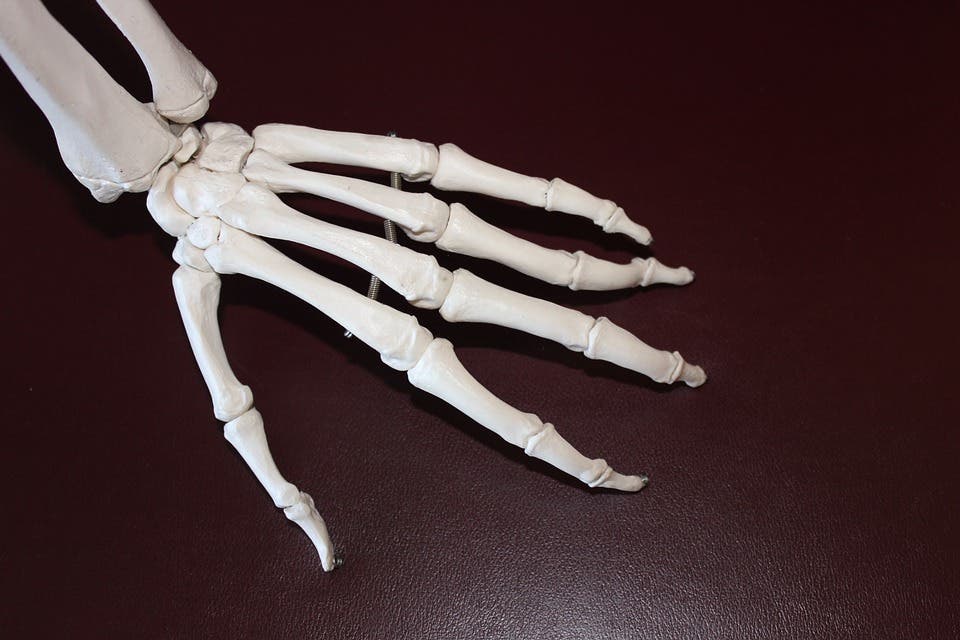For those days when arthritis, here’s something to keep in mind: at one point in human history, it may have been the thing that kept early Europeans alive.

Roughly one-half of all Europeans living today carry a variant of the GDF5 gene which nearly doubles the chance of arthritis popping up in our golden years. People from other areas of the world have it too, but in much lower percentages of the population — so what gives?
Well, achy joints may have kept the early settlers of Europe survive frostbite and prevent fractures in the new, colder climate, researchers from the US report.
Little cavemen, short and stout
The same GDF5 variant which increases the likelihood of arthritis also seems to shave roughly 1 cm in the height of people who harbor it. So why on Earth would a gene that makes you shorter and ultimately less mobile not only persist but actually proliferate in a population?
Well, it’s all about context. While those traits above are arguably disadvantages when trying to secure a mate or going about your Stone Age day, they can also help a population recently moved out of Africa better adapt to the freezing northern territories of Europe. Being short and stocky makes it easier to retain heat in cold weather, and as the old saying informs us, the shorter you are the more lightly you fall — so you’re at less of a risk of fracturing bones in the process, a life-threatening experience back in those days.
As for the evolutionary costs, arthritis may actually carry less than you’d initially assume. As the condition usually develops past reproductive ages, it didn’t actually impair people’s ability to have babies. In other words, it brought more to the table than it took — so the gene got passed down.
“This gene variant is present in billions of people, and it’s likely responsible for millions of cases of arthritis around the globe” says Dr David Kingsley, Professor of developmental biology at Stanford University and paper co-author.
“Many people think of osteoarthritis as a kind of wear-and-tear disease, but there’s clearly a genetic component at work here as well. It’s possible that climbing around in cold environments was enough of a risk factor to select for a protective variant even if it brought along an increased likelihood of an age-related disease like arthritis, which typically doesn’t develop until late in life.”
The link between arthritis and GDF5 was first established back in the 1990s, and since then research has also linked its expression to a genetic mechanism called GROW1, which signals the gene to turn off bone growth.
The team analyzed the genomes of people from across the world who submitted their genetic material to the 1,000 Genomes project. They noticed that the genetic variant and the mechanism for switching off bone growth was far more common in populations from Europe or those of European descent. In much warmer places, such as Africa for example, the gene variant was extremely rare in the overall population.
The gene variant also seems to have been pretty common in Neanderthals and Denisovans, who inhabited Europe and Asia for about 600,000 years before modern humans came around and drove them extinct — in fact, it’s likely that Europeans today inherited the gene from these initial populations.
Of course, while it could have saved our ancestors during the Ice Age, arthritis may be overstaying its welcome today.
“The variant that decreases height is lowering the activity of GDF5 in the growth plates of the bone,” said Dr Terence Capellini, associate professor of human evolutionary biology at Harvard University and first author of the paper.
“Interestingly, the region that harbors this variant is closely linked to other mutations that affect GDF5 activity in the joints, increasing the risk of osteoarthritis in the knee and hip.”
The paper “Ancient selection for derived alleles at a GDF5 enhancer influencing human growth and osteoarthritis risk” has been published in the journal Nature Genetics.


